Soon we’ll shop for new plants, replacement plants and annuals at local garden centers. Most centers have great variety — but no guarantee that they stock plants “designed” for Colorado.
Before we buy, we need to know what plants do well in our area. Research, then purchase. This might mean selecting the plants, researching them and then making a second trip to the garden center to buy your selections.
Alas, I don’t always follow my own advice. Recently, I chose a corkscrew rush (Juncus effusus ‘Spiralis’) from the garden center’s ornamental grass section. It looked healthy and interesting, with spiraling, unruly foliage. The plant tag indicated water usage would be “low, once established.” The plant has survived, but it does not thrive.
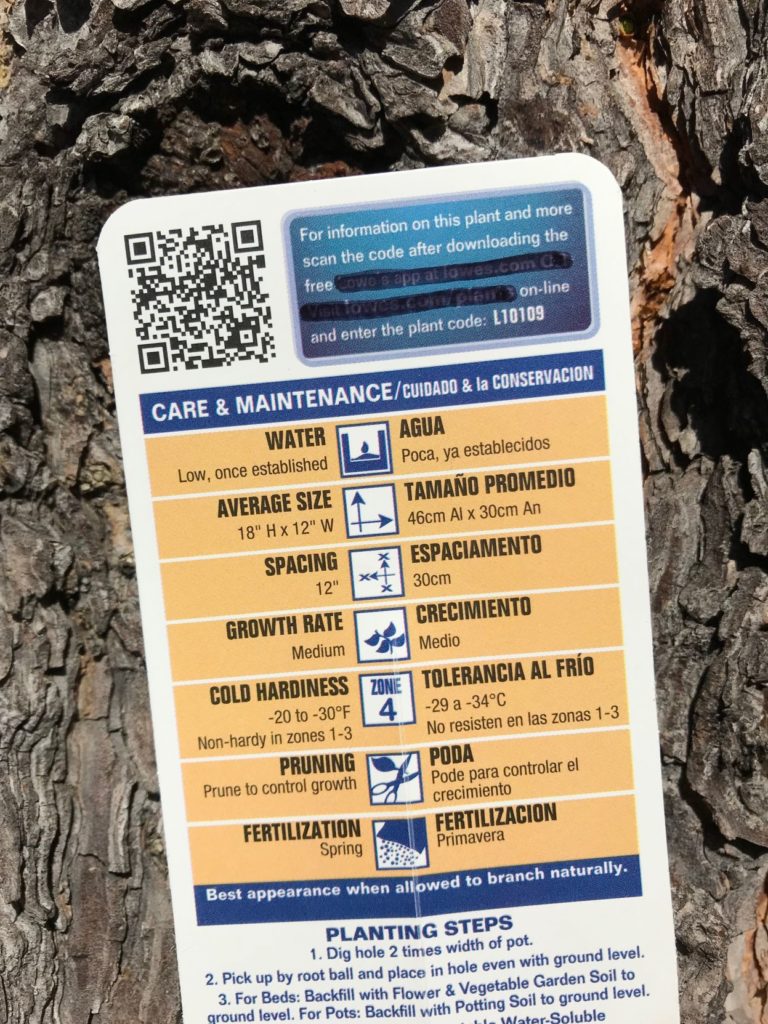
I later looked for information about this plant, using only .edu, .org, .gov sites, as always. Per the Missouri Botanical Garden (missouribotanical garden.org), these “plants are typically not grown as garden plants. They may be grown at the edge of a pond or water garden, in boggy areas, among wet pebbles or rocks or in several inches of standing water.”
Had I known that, I wouldn’t have bought the plant.
A second mistake was more costly. I purchased a tree not suited for our area, a corkbark fir (Abies lasiocarpa). The tree was properly planted and maintained. It did not thrive, and in year three began to quickly turn brown. The problem was my soil. This particular tree will not do well in alkaline soils.An excellent site provides good details on trees, the Front Range Tree Recommendation List, at extension.colostate.edu/docs/pubs/garden/treereclist.pdf. From now on, I’ll check that list before buying a tree. The corkbark fir will be replaced with a Limber Pine (Pinus flexilis), which has an “A” rating on the recommendation list.
I am a fan of native plants. They thrive, are attractive, aren’t seen in most landscapes and attract pollinators. The best reason to incorporate natives into your landscape is water conservation. Use of natives reduces the water needed to maintain a home landscape.
Peruse the Colorado Native Plant Society website at conps.org/. You also might search the internet for nurseries that offer native plants. I know several are within an easy drive of Colorado Springs. I predict you’ll like the results and will spend less time researching for appropriate plants.
Starting next week, Colorado Master Gardeners can answer your questions at the extension office help desk, 17 N. Spruce St. The desk will be staffed from 9 a.m. to noon and 1 to 4 p.m. Mondays and Wednesdays. Visit us with your questions. Help desk volunteers also can be reached at 719-520-7684 or csumg2@ elpasoco.com.

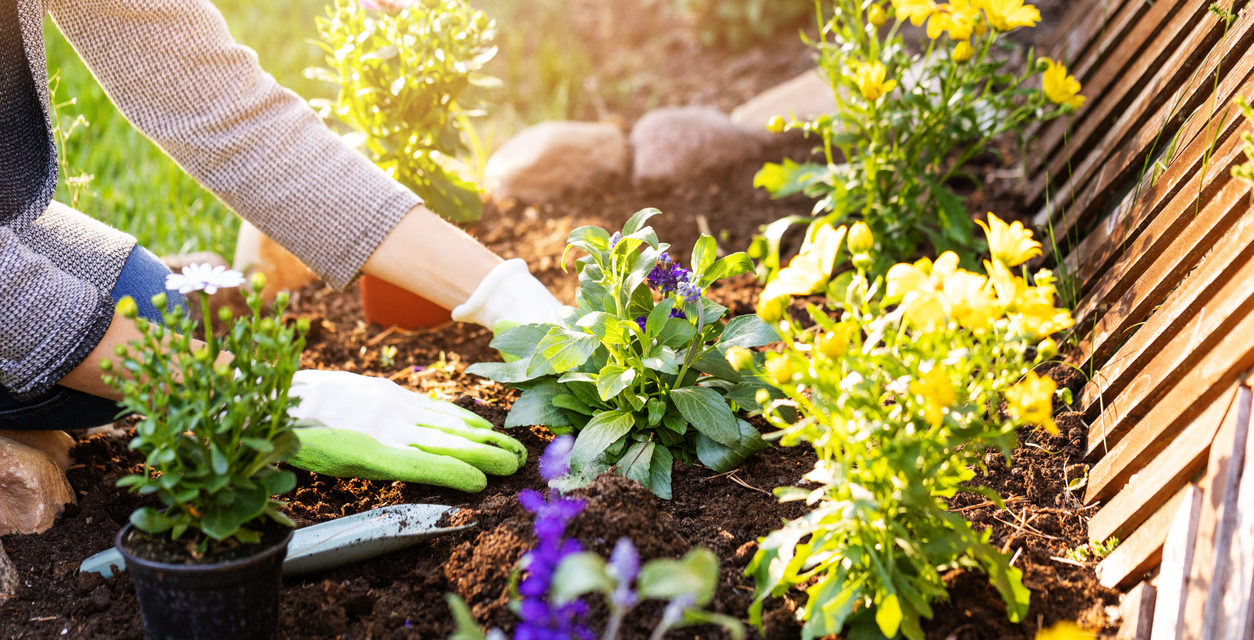 Gardening, Photo Credit: ronstik (iStock).
Gardening, Photo Credit: ronstik (iStock). 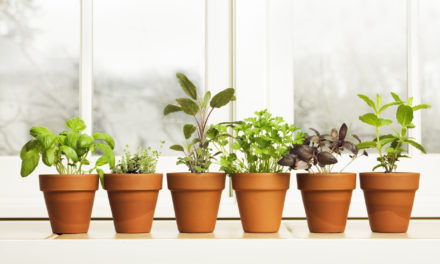
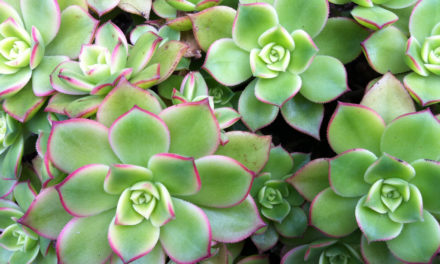
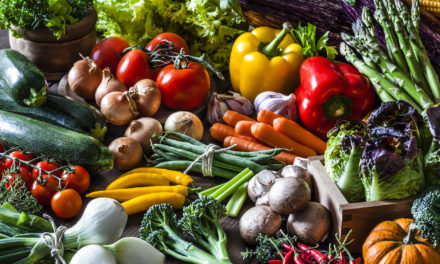
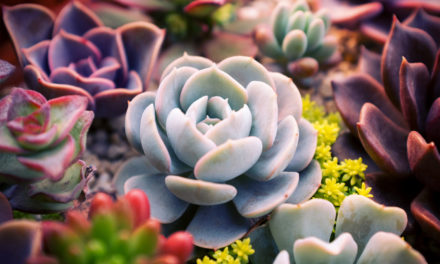
Comment on: Guide To Picking Landscape Plants for Colorado Gardens